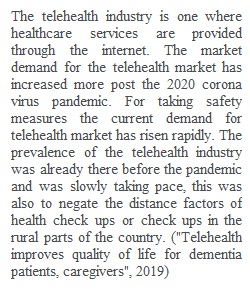


Q Getting Started Having multiple team members review the same data and come up with a different interpretation is common and very helpful in any marketing plan. While data is objective, analysis and interpretation of data are influenced by experience, preference, perspective, and risk tolerance. This is why strategy is often referred to as both an art and a science, and why a team can come up with a better solution than one person working alone. The science is finding data and calculating results; the art is looking at the data, understanding what it means today, and forecasting what it will mean tomorrow. Since the client may view the data differently from the writer, it is helpful for the original writer to be aware of, and prepared for alternative interpretations. You as the peer reviewer will be the one who prepares the writer for those alternative interpretations that could be asked by the client during the presentation of the report. You are therefore helping your peer prepare for questions and concerns that he or she might have missed or might have interpreted to be of a different level of impact. Your role as a peer reviewer is to objectively examine the same category but to come up with a different interpretation of the data and/or a different recommendation. This means you will need to do your own research on the category to understand it well enough to provide an analysis and recommendation. Your solution must be based on your sources which will not be the same as the original writer. As a peer reviewer who must present an alternative interpretation and/or recommendation, you push and prompt the other person to reconsider his or her decision based on a different objective analysis. This allows the original writer to strengthen the proposal before the client sees it. Upon successful completion of this discussion, you will be able to: Assess the market structure to determine the crucial factors influencing the marketing strategy.
View Related Questions